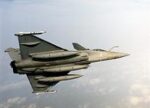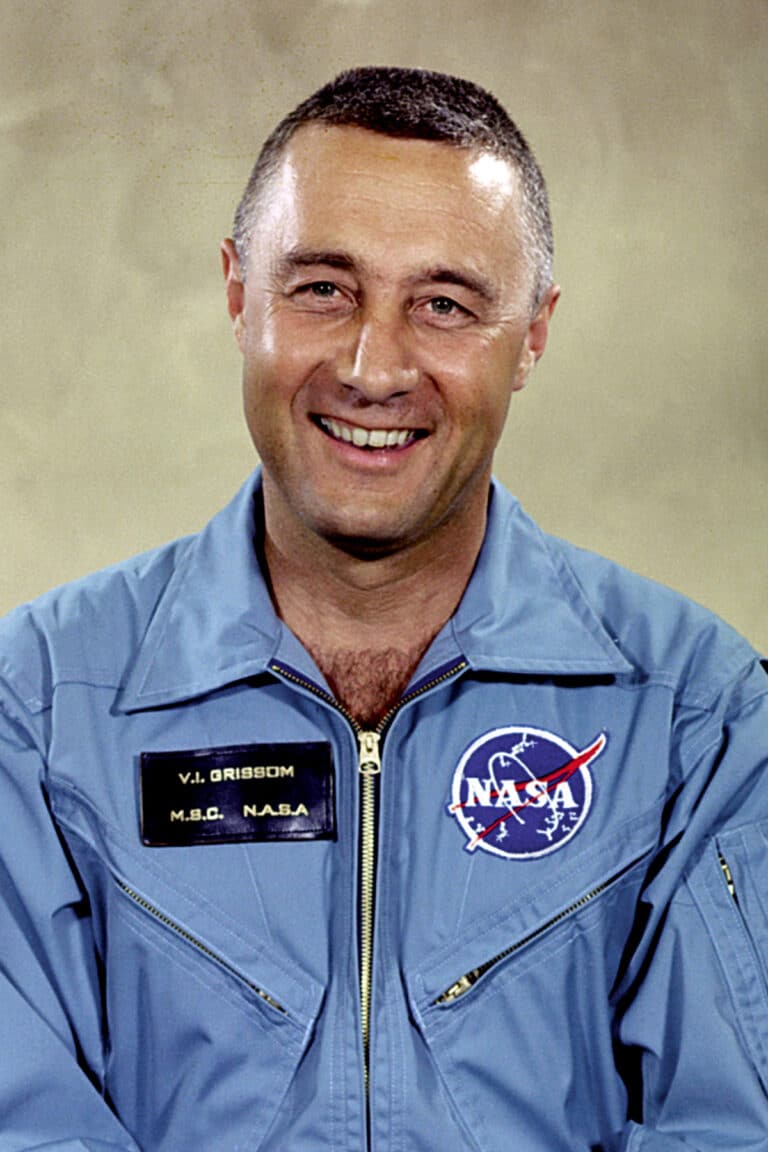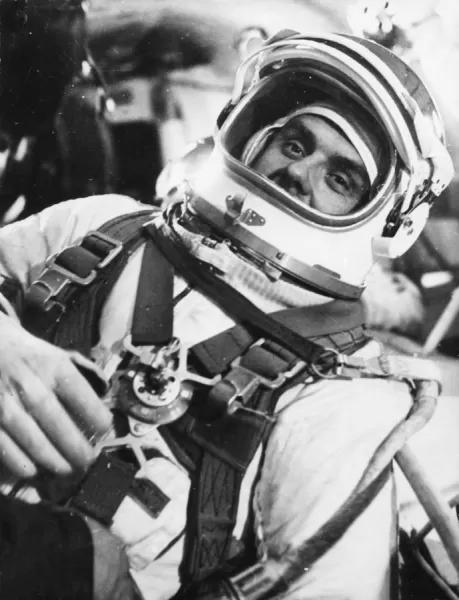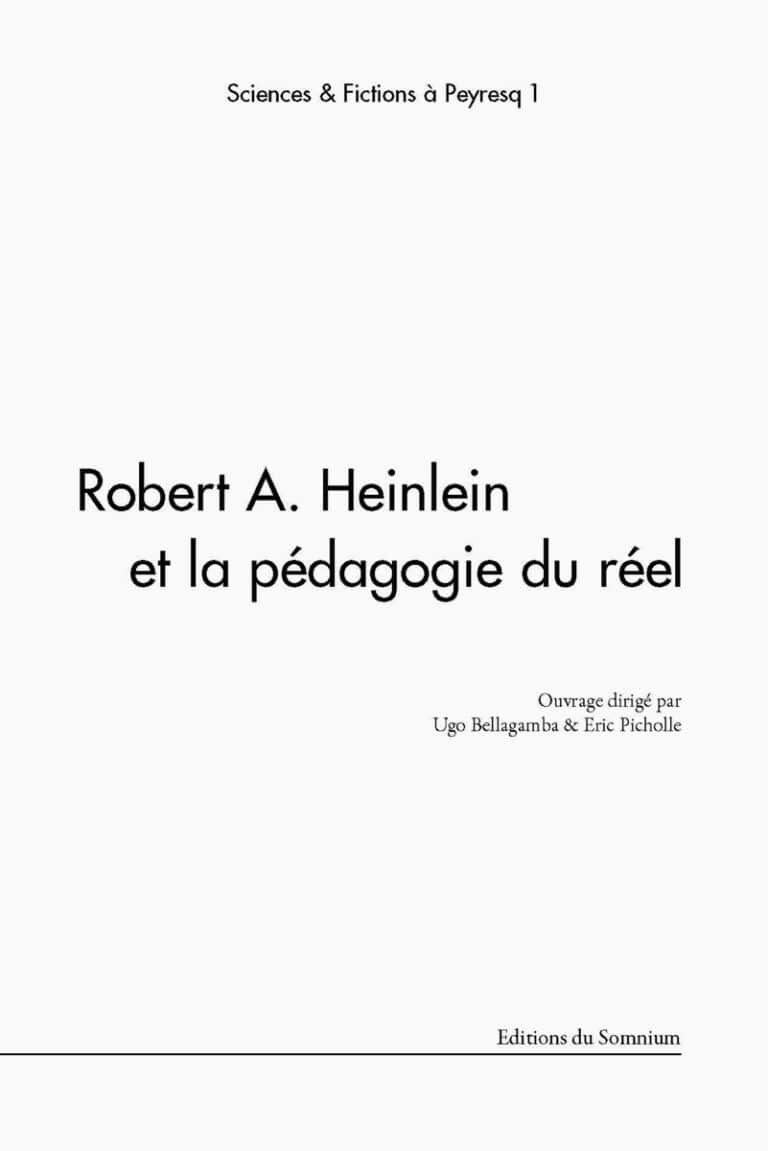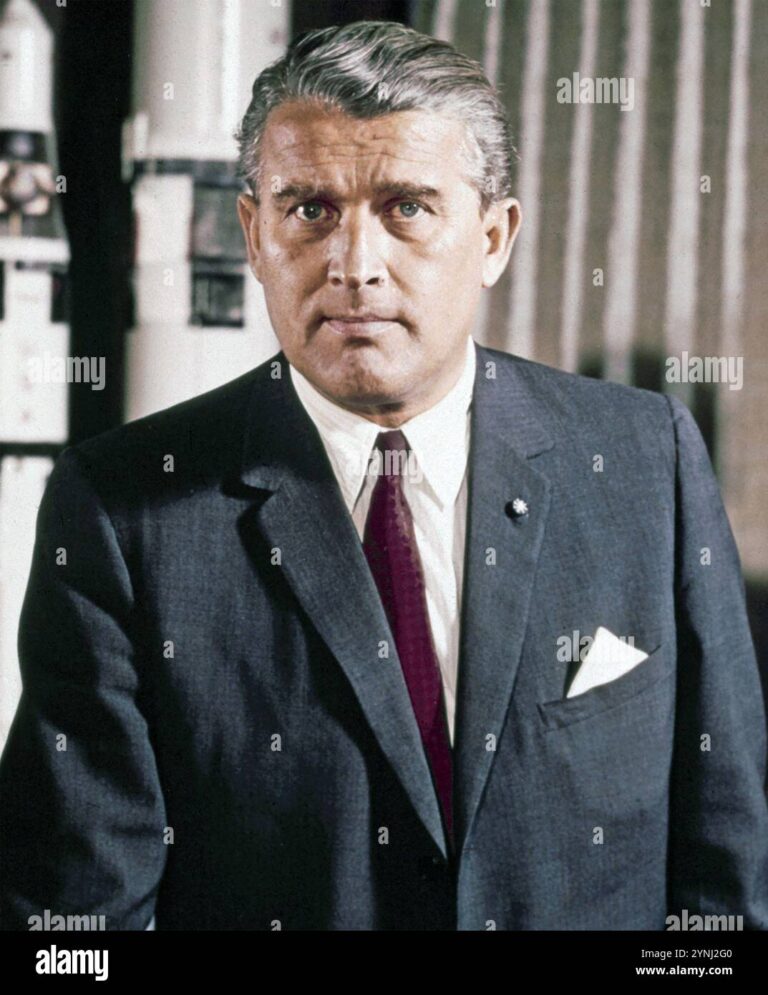In the history of aviation, few names resonate as strongly as that of the Wright brothers. Orville and Wilbur Wright not only dreamed of being able to defy gravity, but they also developed the technologies necessary to make this vision possible. By carefully analyzing the flight mechanics, they developed a device capable of taking flight, thus marking the beginnings of modern aviation. Their hard work and ingenuity helped transform human aspirations to fly into one tangible reality, paving the way for aerial exploration and innovation that will continue to shape our world into the 21st century.
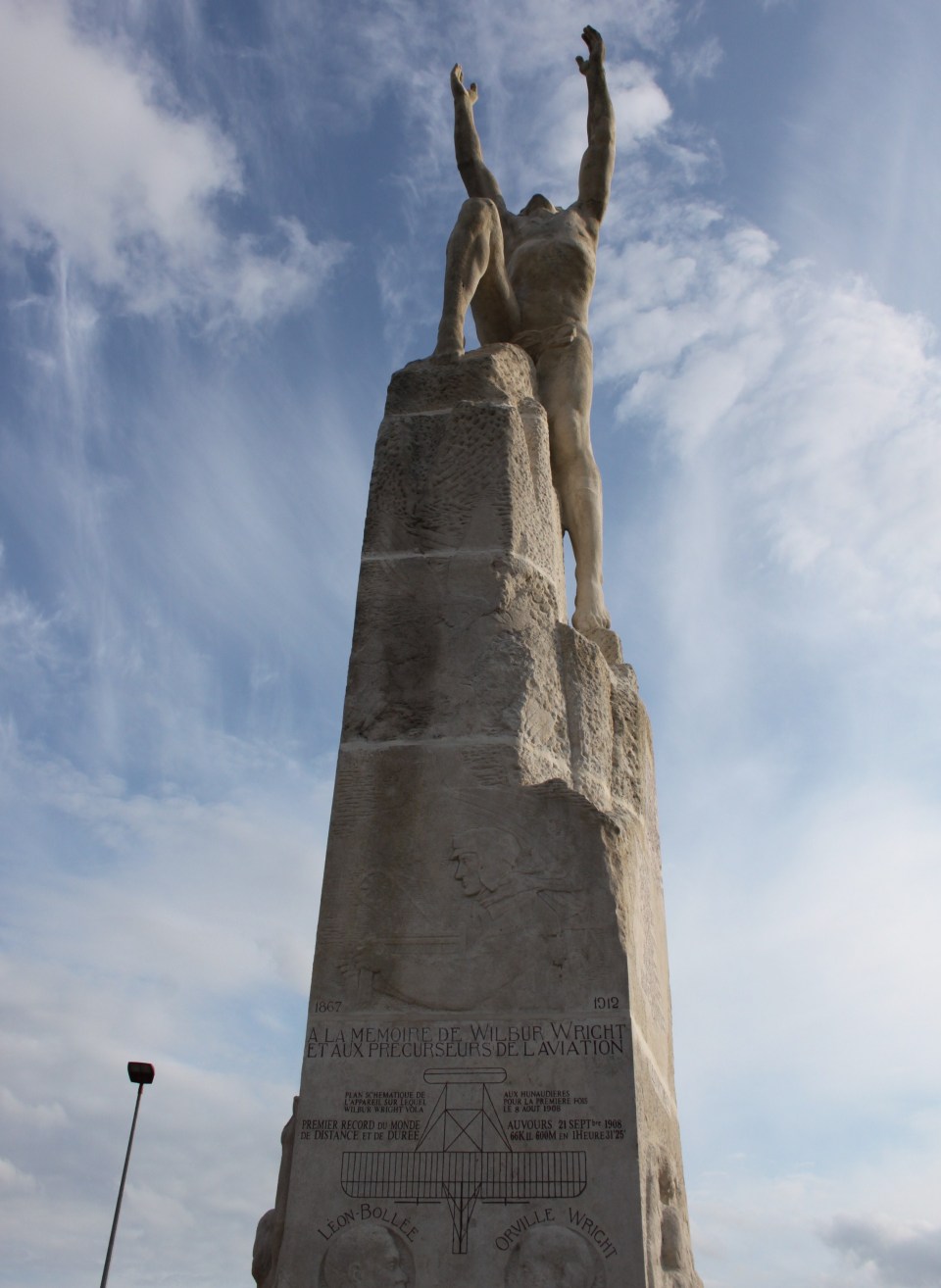
In the history of aviation, few personalities have left their mark on our time like the Wright brothers. Among them, Orville Wright stood out for his determination and ingenuity. Through his efforts, the dreams of humanity dreaming of flight were realized. This article explores Orville’s journey, the innovations he made, and the revolutionary impact of his work on modern aviation.
Table des matières
ToggleThe beginnings of a passion for flying
From childhood, Orville and his brother Wilbur were fascinated by the concept of aviation. Their curiosity as young boys, aroused by a wooden helicopter model offered by their father, largely influenced their destiny. In 1896, reading the article about Otto Lilienthal, the German flight pioneer, marked a turning point in their interest. They then committed themselves to studying the mechanics of flight in order to bring to life Icarus’ dream of conquering the skies.
Hard work and experimentation
The Wright brothers not only dreamed of flying: they also devoted years to experimentation. Between 1900 and 1902, they made a series of gliders on the beaches of Kitty Hawk, North Carolina. The results of their seminal work are significant, because it was at this point that they began to understand the fundamental principles of aerodynamics. Their ability to analyze and control corner mechanics was crucial to their later success.
The birth of the Wright Flyer
After several years of unsuccessful experiments, Orville and Wilbur designed their very first motorized airplane, the Wright Flyer. In 1903, the machine was built with a birch wood frame and a piston engine. Every detail has been meticulously thought out to ensure the stability and maneuverability of the aircraft. What made the Wright Flyer Exceptional, it was its innovative control system which made it possible to steer the device while maintaining balance.
The historic first flight
On December 17, 1903, Orville had the honor of piloting the first powered flight in the history of aviation, achieving a feat of twelve seconds over a distance of 36 meters. This moment has become iconic, marking the start of a new era in air transport. Orville’s determination and teamwork with his brother demonstrated that the dream of flying was not a utopia but a tangible reality.
The impact of innovation on the world
The Wright brothers’ achievements paved the way for commercial and military aviation. Their invention not only redefined transportation, but also inspired generations of inventors and engineers to pursue their dreams. Through their work, planes have become symbols of progress and exploration, connecting continents and cultures on a scale previously unimaginable. Their contributions are recognized today as the foundation that allows modern aircraft to conquer the skies.
An eternal legacy
Orville Wright is more than just an aviation pioneer; it embodies the spirit of innovation and perseverance. The challenges he overcame are a testament to his passion and commitment to achieving his dreams. The legacy he left, alongside his brother Wilbur, continues to inspire engineers, pilots and all those who aspire to reach the skies. In conclusion, without Orville Wright and his contributions, today’s world, where aviation plays a central role, would be very different.








